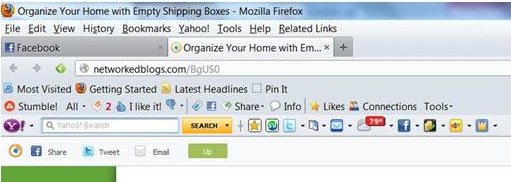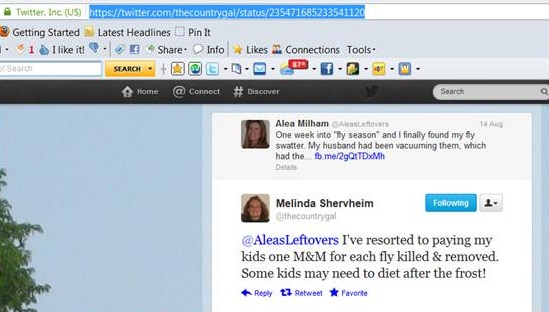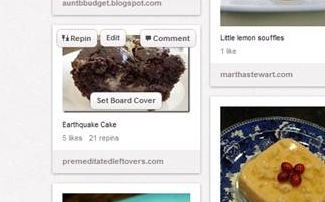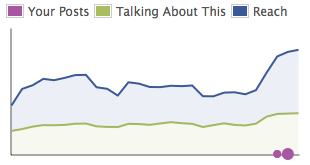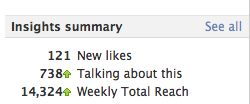You spend so much time maintaining your blog, creating solid content, finding pictures, optimizing SEO, and managing your social media outlets, so when you find a time saver you want to take advantage of it. And I am all for time savers. Unless those time savers hurt your blog.
Many bloggers use NetworkedBlogs to automatically send their posts to their Facebook page. It is easy to use and appears to be a time saver, but in reality it is reducing the page views you receive from Facebook. How come? Networkedblogs opens the link to your post in an iframe if your reader clicks on the image or post title (they include a link to the full article at the bottom of the status, but most people don’t know to click there). So your followers are not actually clicking through to your blog to read the post, they are reading it on a NetworkedBlogs iframe. NetworkedBlogs is getting page views for your posts read by your followers.
Instead of getting link juice from NetworkedBlogs, you are losing page views.
How do you know that you are on a NetworkedBlogs iframe instead of the actual blog you thought you were visiting?
1. Look at the URL. Notice in the above image that the URL includes www.networkedblogs.com
2. Look at the flavicon. That is NetworkedBlogs’ flavicon, not the blog’s flavicon.
3. Look at the grey tool bar that is installed right above the post. If you click on those share buttons, you will share a link back to NetworkedBlogs iframe, not to the actual blog post. Which means that when your readers click on one of those social icons Networkedblogs receives your link juice in addition to your page views.
How to Share Your Posts to Facebook Without Using a Third Party Application:
After you publish your post, use the social share buttons at the bottom of your post to share your post to your Facebook Page.
I use the ShareThis plugin on my blog posts and can easily share to a variety of social media at one time. You can also customize what you say about the post and tailor it for the different platform audiences. The words you use and the picture you pick to go with the a link greatly affect how many people click through to read your article.
What if you publish your post in the middle of the night and don’t want to share it then? I have two posts that go live at 1:00 am when I am asleep. I share the link on my social media accounts when I wake up in the morning. However, if you really need to you can schedule a post on Facebook.
Have you found any beneficial time savers?
